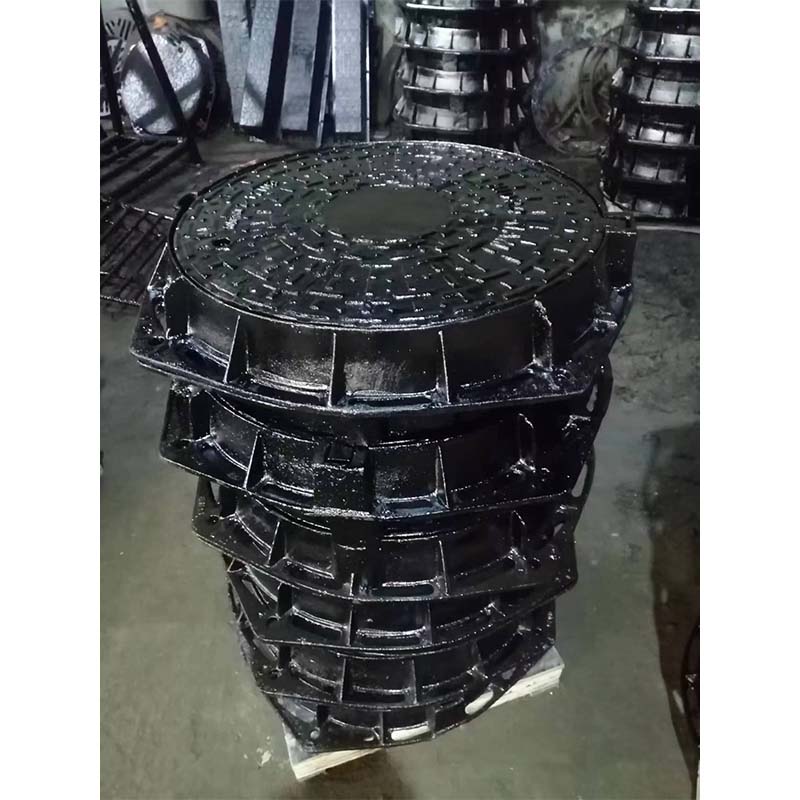Effective Solutions for Managing Floor Waste Drain Systems Efficiently and Sustainably
Understanding Floor Waste Drains Importance and Functionality
Floor waste drains, often overlooked in construction and building management, play a crucial role in maintaining hygiene and safety within commercial and residential spaces. These drains are essential components of flooring systems, particularly in areas susceptible to water accumulation, such as kitchens, bathrooms, and laundry rooms. Their main function is to efficiently manage excess water, preventing damage and ensuring a clean environment.
Structure and Design
A typical floor waste drain consists of a grate, a trap, and a drainage pipe that connects to the building’s overall plumbing system. The grate allows water to flow through while keeping out larger debris, which could otherwise clog the system. The trap is a U-shaped pipe that retains some water, creating a seal that prevents foul odors from the sewer system from entering the indoor space. This combination of components ensures that floor waste drains effectively manage water while safeguarding the indoor climate.
Importance in Hygiene and Safety
The significance of floor waste drains cannot be overstated, especially in spaces with high water usage. In commercial kitchens, for example, spills and splashes are commonplace. Floor waste drains assist in quickly directing this water away, reducing the risk of slips and falls, which are among the most common causes of workplace injuries. Furthermore, stagnant water can become a breeding ground for bacteria and mold. By ensuring efficient drainage, these systems contribute to a cleaner, healthier living or working environment.
floor waste drain

Installation and Maintenance
Proper installation and maintenance of floor waste drains are crucial for optimal functioning. During installation, it’s vital to ensure that the drains are positioned at appropriate slopes, allowing gravity to aid in water flow towards the drain. Regular maintenance involves checking for blockages, cleaning the grate, and ensuring the trap has sufficient water to maintain its seal. Neglecting these tasks can lead to unpleasant odors, water damage, and costly repairs.
Challenges and Solutions
Despite their importance, floor waste drains face several challenges. Clogs can occur due to the accumulation of hair, food particles, and other debris. In high-traffic areas, this can happen quite frequently. Preventive measures can include the installation of filters or mesh grates that catch larger particles while still allowing water to flow freely. Additionally, regular cleaning and professional inspections can help identify potential issues before they escalate.
Conclusion
In summary, floor waste drains are an integral part of modern plumbing systems, essential for managing excess water and maintaining hygiene in various environments. By understanding their functionality and significance, property owners and managers can ensure their proper installation and upkeep. Investing time and resources into maintaining these systems not only prolongs their life but also enhances the safety and comfort of the space, proving that sometimes, the smallest features can have the most significant impact.
-
The Smarter Choice for Pedestrian AreasNewsJun.30,2025
-
The Gold Standard in Round Drain CoversNewsJun.30,2025
-
The Gold Standard in Manhole Cover SystemsNewsJun.30,2025
-
Superior Drainage Solutions with Premium Gully GratesNewsJun.30,2025
-
Superior Drainage Solutions for Global InfrastructureNewsJun.30,2025
-
Square Manhole Solutions for Modern InfrastructureNewsJun.30,2025
-
Premium Manhole Covers for Modern InfrastructureNewsJun.30,2025
